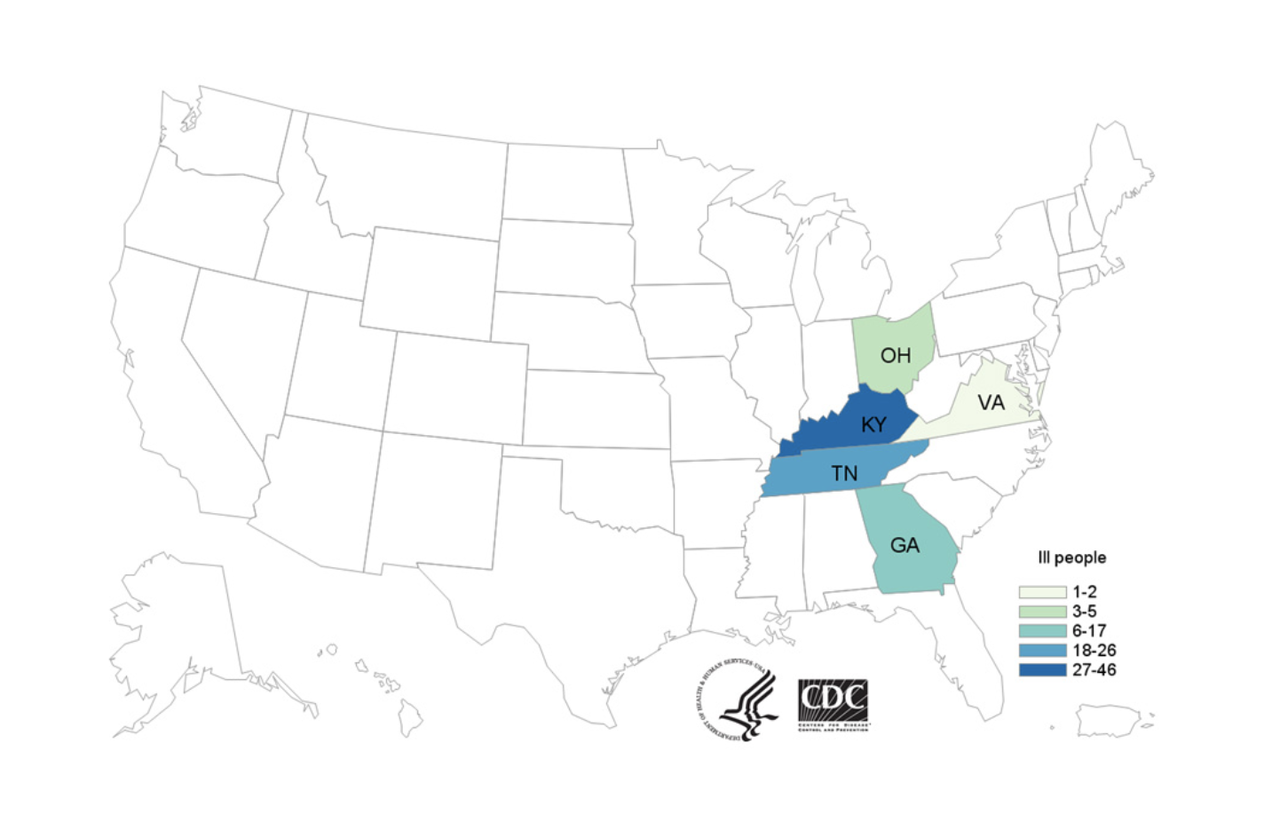Leaked internal documents reveal that Google maintains a blacklist preventing certain news outlets from appearing in search results for news or other specific sections, according to the Daily Caller‘s J. Arthur Bloom.
What this means is that while search results from blacklisted outlets will still appear in the generic “ten blue links” portion of search results – targeted sites will not be allowed in sections such as “top news” or “videos,” according to the report.
“The purpose of the blacklist will be to bar the sites from surfacing in any Search feature or news product. It will not cause a demotion in the organic search results or de-index them altogether,” reads the policy document.
Of note, Zero Hedge was removed from Google’s News category after the 2016 US election.
According to the Caller, the blacklist includes several conservative websites, including Gateway Pundit, Conservative Tribune (a subsidiary of the Western Journal), American Spectator and more, for violating the search giant’s “misrepresentation policy” and “good neighbor policy.”
Two official policies dubbed the “misrepresentation policy” and the “good neighbor policy” inform the company’s “XPA news blacklist,” which is maintained by Google’s Trust & Safety team. “T&S will be in charge of updating the blacklist as when there is a demand,” reads one of the documents shared with The Daily Caller.
“The deceptive_news domain blacklist is going to be used by many search features to filter problematic sites that violate the good neighbor and misrepresentation policies,” the policy document says. –Daily Caller
One week before Google CEO Sundar Pichai testified before the House Judiciary Committee on December 11 of last year, a memo about the deceptive news blacklist circulated which describes how a site can be put on the list manually.
“The beginning of the workflow starts when a website is placed on a watchlist which is used for monitoring of sites to determine if they violate the Good Neighbor Policy. This watchlist is maintained and stored by Ares with access restricted to policy & enforcement specialists working on the Good Neighbor Policy. Access to the listing can also be shared at the discretion of pcounsel and legal investigations on a need to know basis to enforce or enrich the policy violations. The investigation of the watchlist is done in the tool Athena, the Ares manual review tool, and intakes signals from Search, Webspan, and Ares in order to complete reviews. … Once a domain is determined to be violating the misrepresentation policy or the Good Neighbor Policy, such patterns are then added to deceptive_news_blacklist_domains.txt by the Trust & Safety team.”
While the memo clearly states that there is a manual process involved, Google danced around the claim in a statement issued after the Caller‘s piece was published.
“We do not manually determine the order of any search result, nor do our algorithms or policies attempt to make any judgement on the political leanings of a website,” the statement reads. “Our Google News inclusion policies are publicly available online. They provide guidelines on content and behaviors for matters like sponsored content, deceptive practices, and more. Sites that do not adhere to these policies are not eligible to appear on news surfaces or in information boxes in Search. These policies do not impact the way these sites appear in organic blue-link Google Search results.”
via ZeroHedge News http://bit.ly/2Z3sf4O Tyler Durden








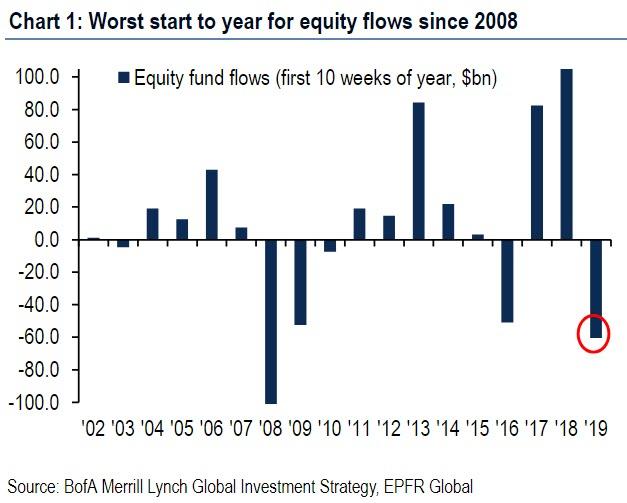

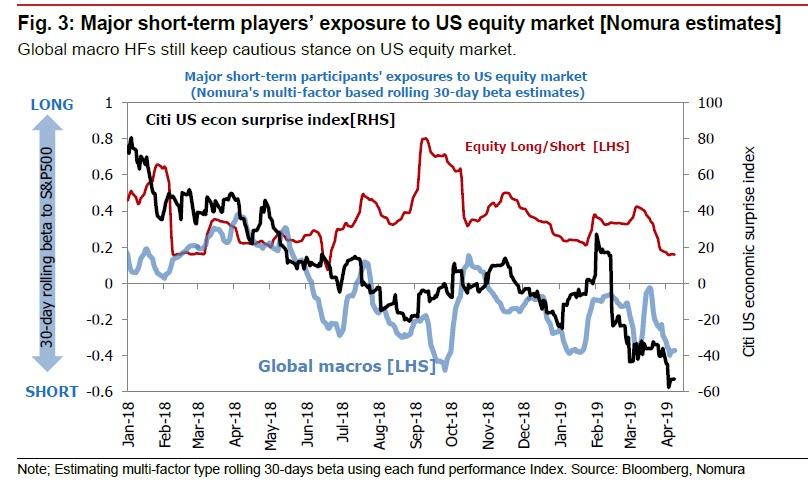
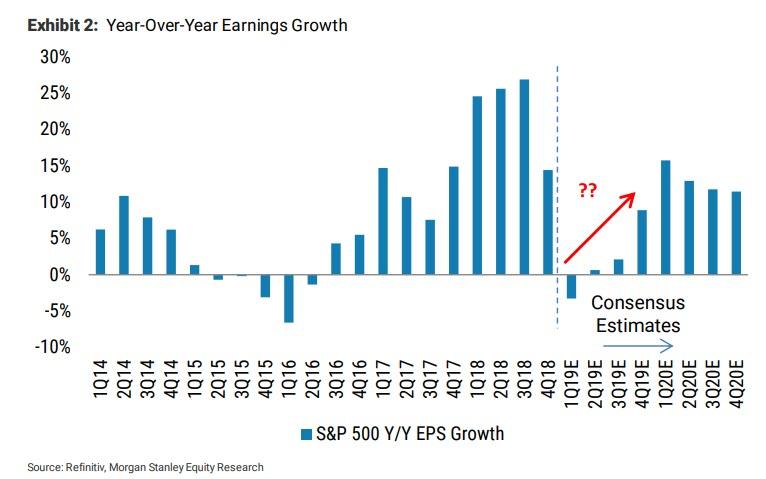
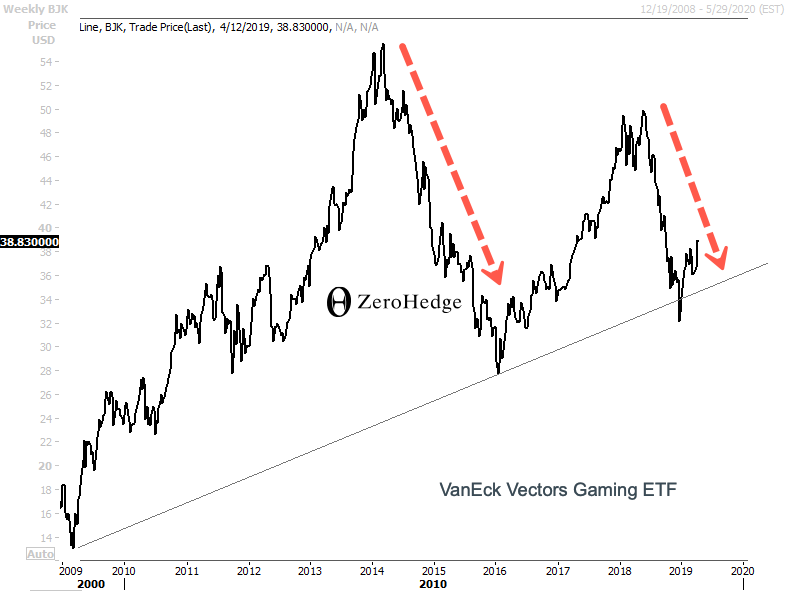



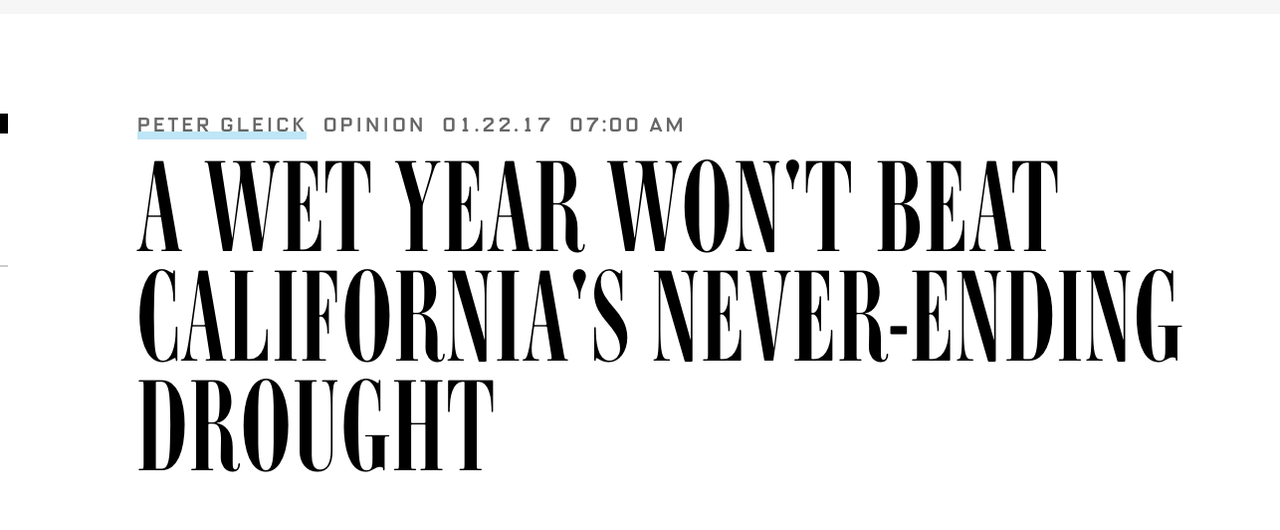
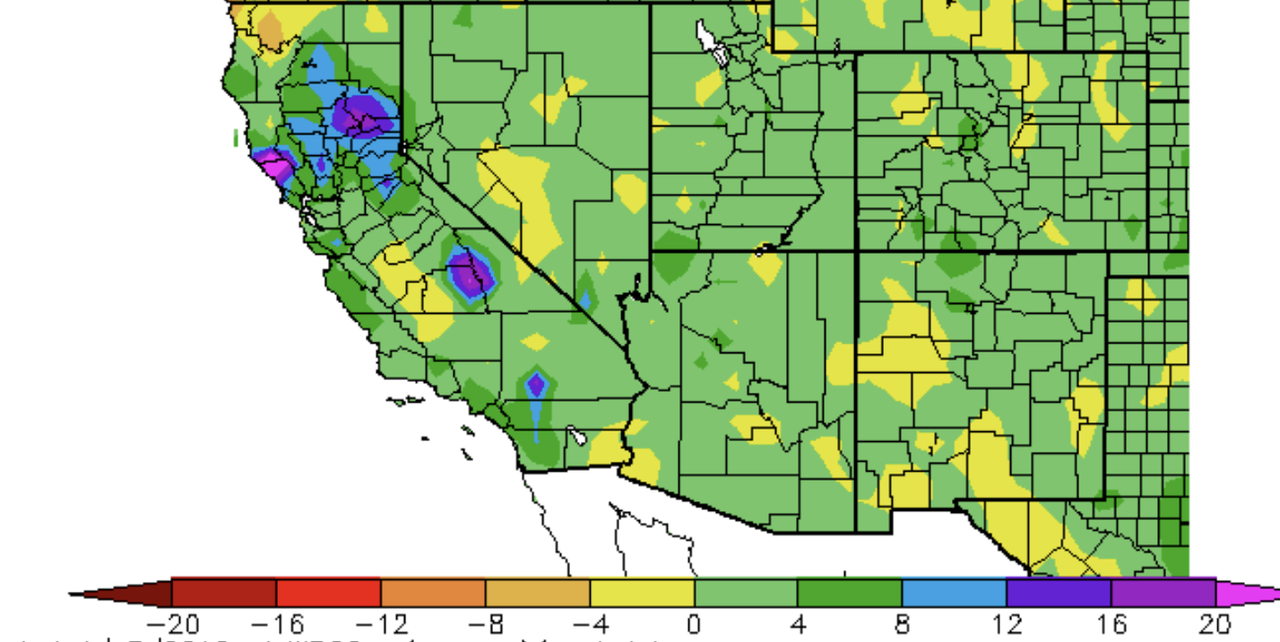
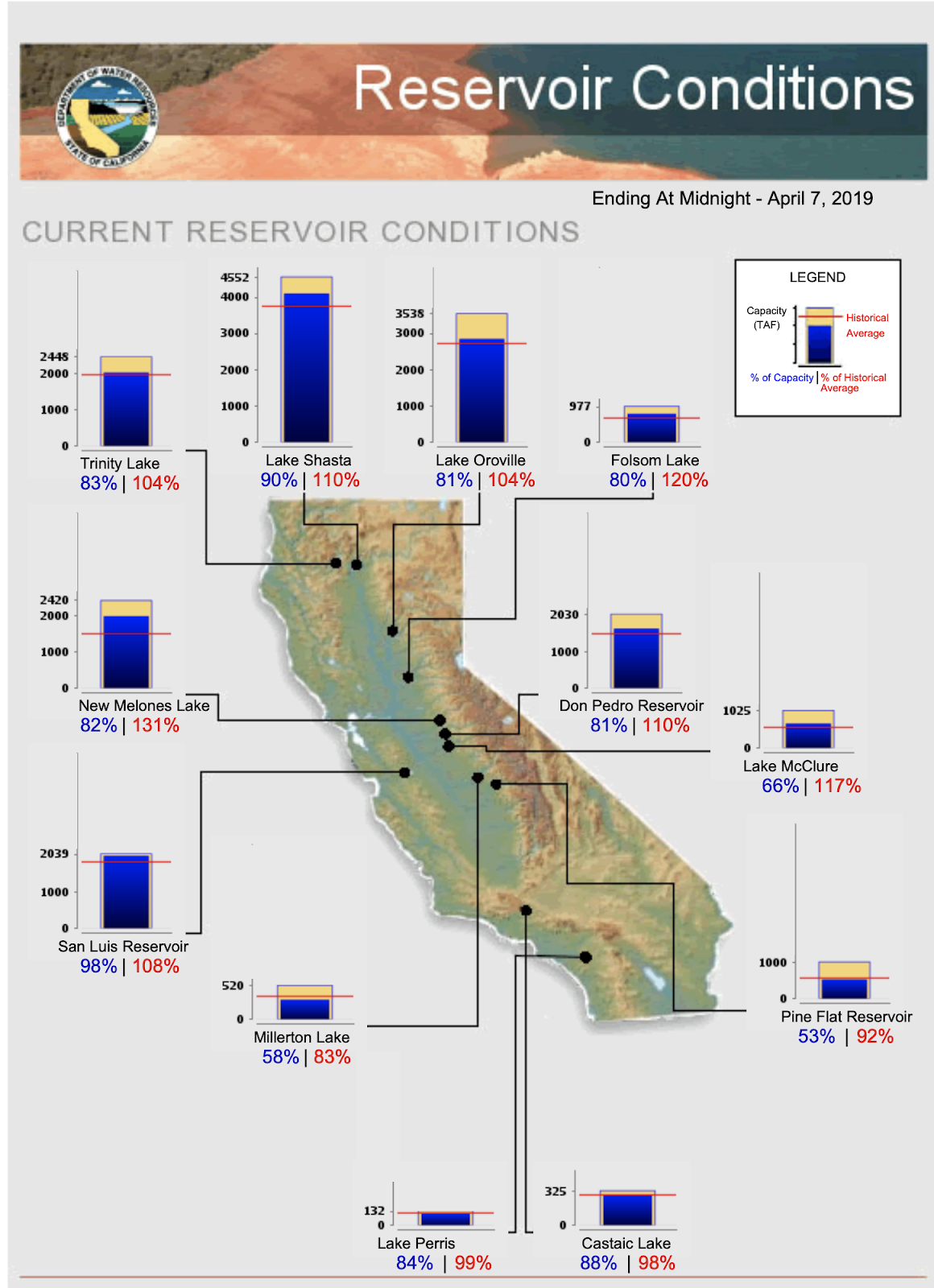
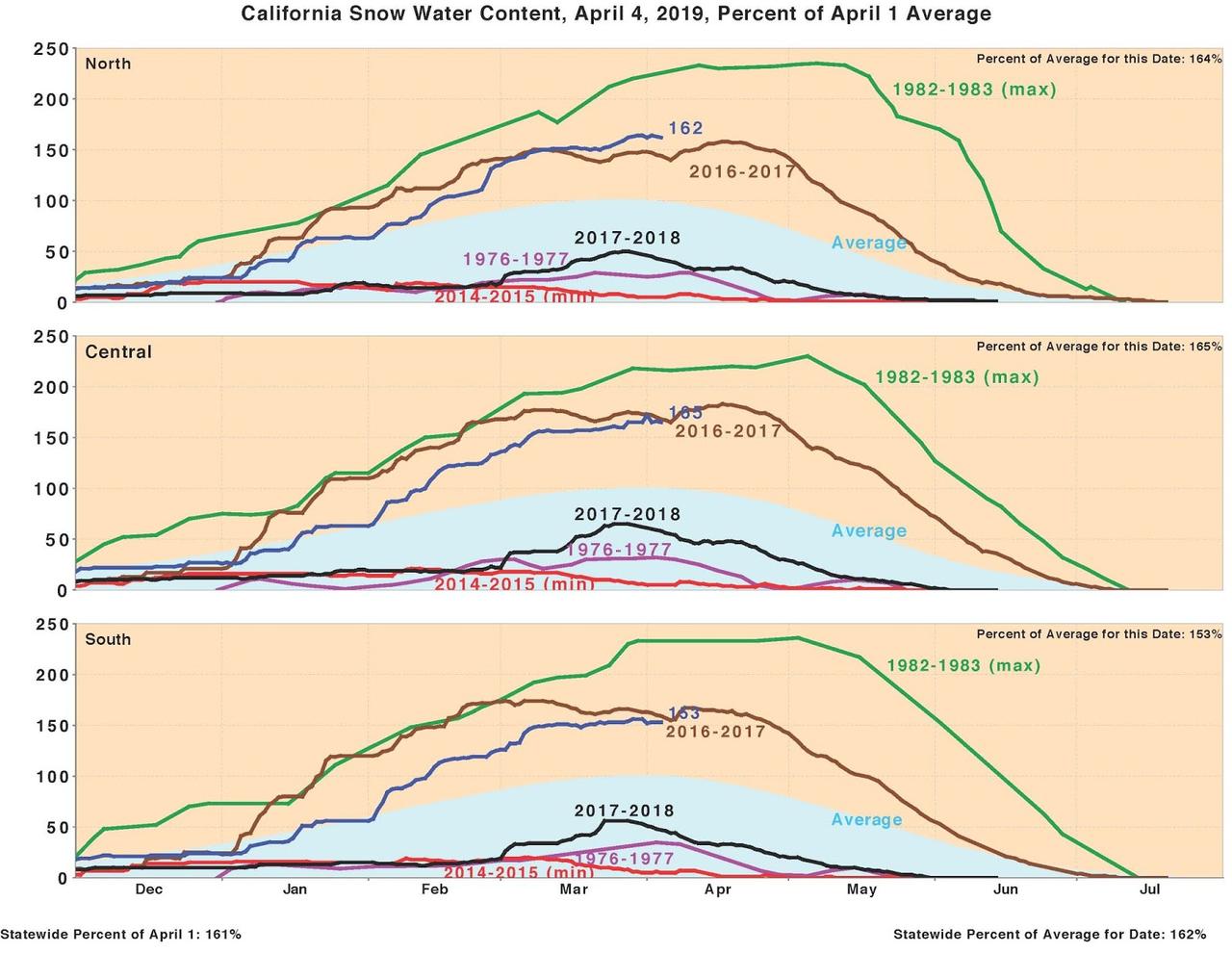
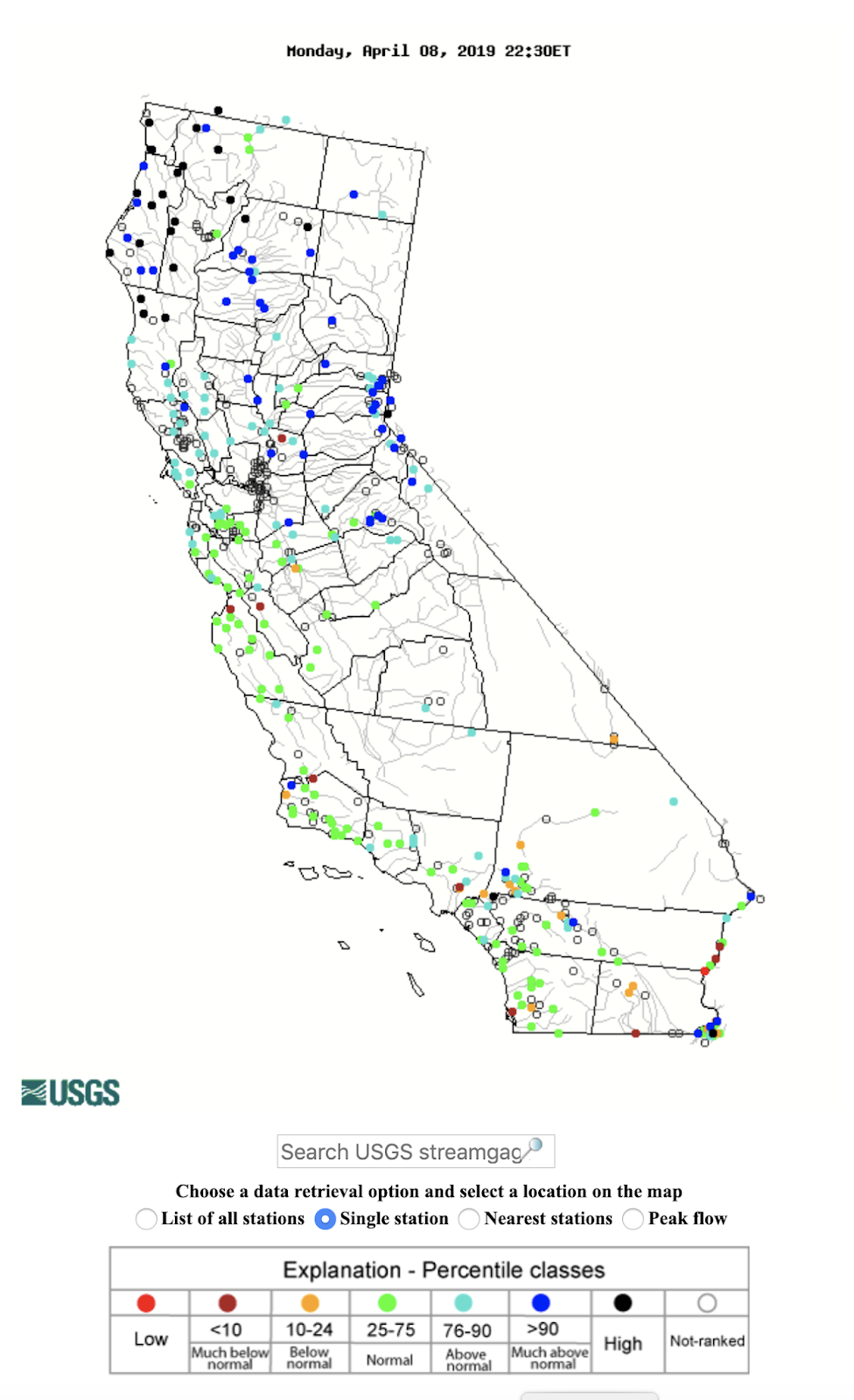
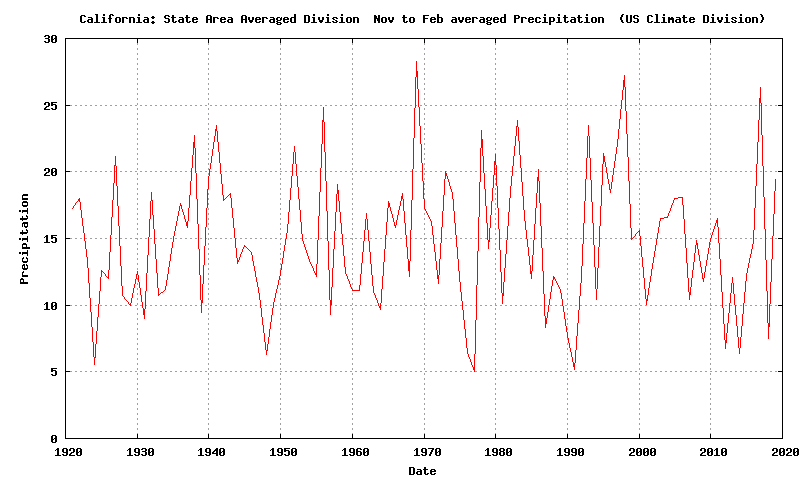

 Environmentalists in Maryland are split over a newly passed state bill that jacks up the percentage of the state’s electricity that must come from renewable sources, while also directing millions of dollars in subsidies to pollution-spewing trash incinerators.
Environmentalists in Maryland are split over a newly passed state bill that jacks up the percentage of the state’s electricity that must come from renewable sources, while also directing millions of dollars in subsidies to pollution-spewing trash incinerators.
